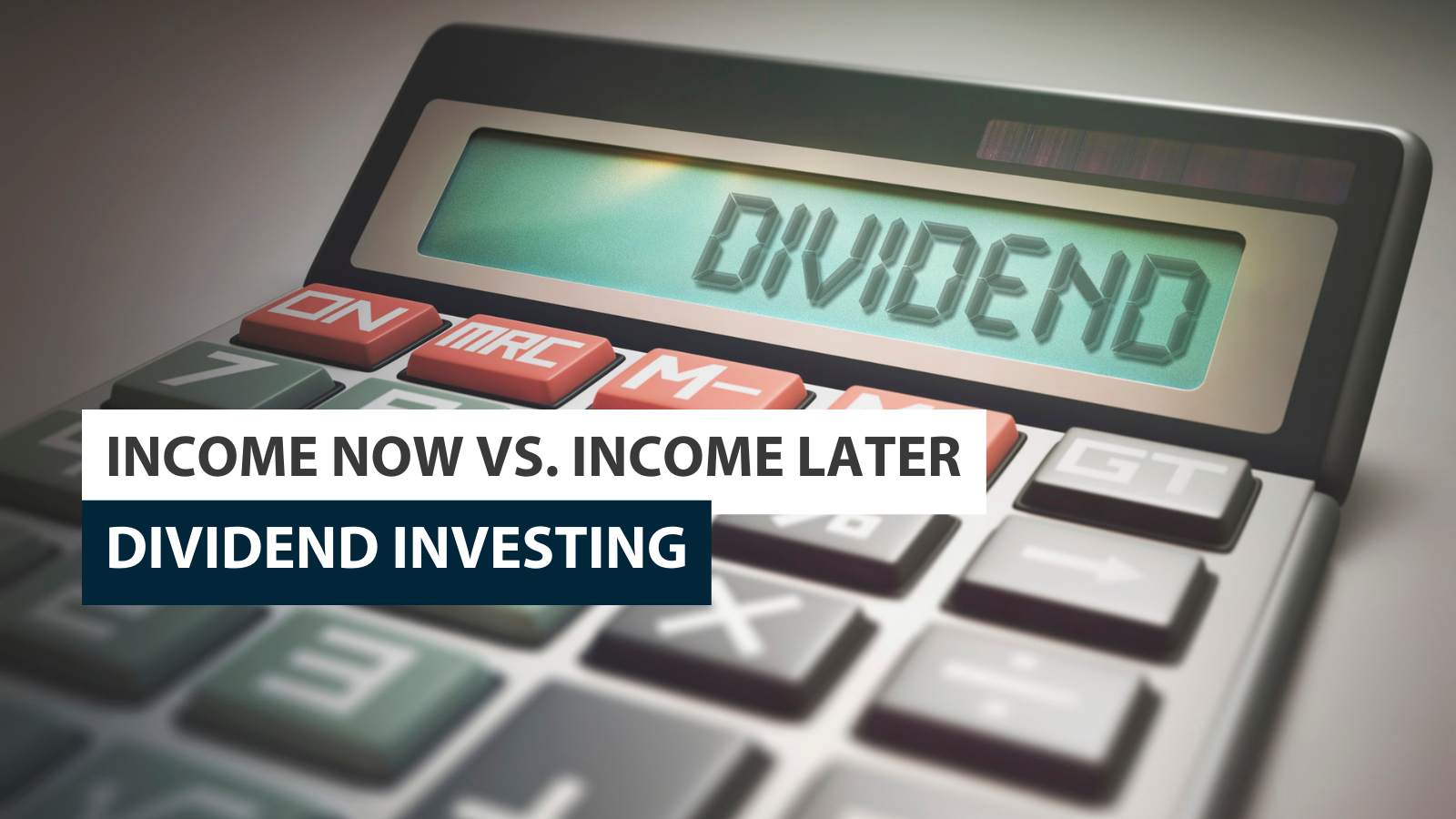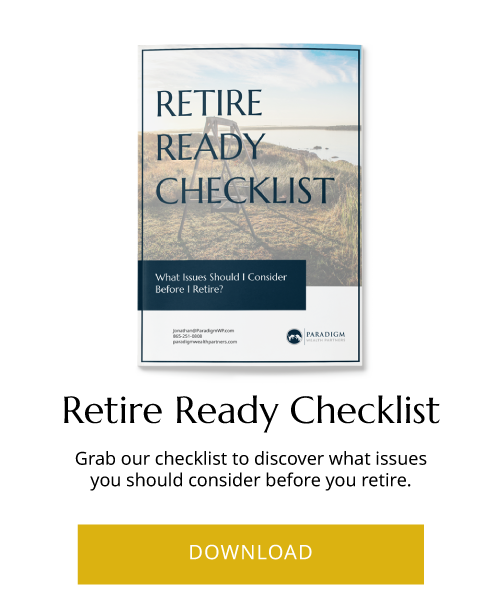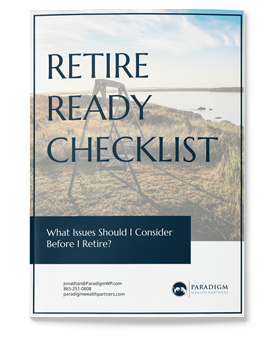Income Now Vs. Income Later: Dividend Investing
Why You Should Consider Dividend Growth Investing as Part of Your Investment Strategy.
Part of any sound investment strategy is investing for income. Income now for those who are retired and income later for those who are in the accumulation stage of life. There are various ways to address this, including real estate, annuities, and bonds. There is another form of income investing that you might not have considered; dividends.
What Are Dividends?
Dividends are payments some companies make to those who own stock in it as a way to distribute revenue back to investors, but not all stocks pay dividends.
Dividends are paid per share of stock, so if you own 50 shares and the company pays out $2 in yearly dividends, you would get $100 per year. Dividends are typically paid in cash into the investor’s investment account, but some companies pay dividends in the form of new shares. Dividends can be reinvested to buy more shares of the company. Some companies also offer DRIPs, dividend reinvestment programs that let investors reinvest back into the company’s stock, sometimes at a discount.
Dividend stocks can offer investors a stream of passive income. Dividends are typically paid by well-established companies that don’t need to reinvest as much money back into the company. Tech and biotech are two sectors that don’t typically pay dividends because they need constant reinvestment to continue to grow and innovate.
When a company establishes or raises dividends, investors expect that to continue even in down years. The most consistent and reliable companies are the ones who typically pay and also increase dividend payouts. If investors think dividends will be reduced, they will often devalue a stock, lowering the share prices.
Reasons To Start Dividend Investing
There are several compelling reasons to add dividend investing to your investment strategy.
To Lower Volatility
Dividend stocks are generally less volatile than stocks that don’t pay dividends. There are two reasons for this. Dividend-paying stocks come from large, well-established companies and, as such, typically don’t have such wild swings as the market as a whole can have. The type of investors who tend to own dividend stocks are buy and hold investors who often don’t sell. This gives these stocks some consistency.
This isn’t to say that these stocks don’t lose money, but it’s often less than it otherwise would be when they do.
Better Return opportunity
In addition to the stock, you have the benefit of earning dividends. Combined, you may achieve better than average growth in your portfolio.
Passive Income Stream
It’s essential to have various revenue streams, especially during retirement. When you own dividend stocks, you’ll earn income each time the stocks pay you a dividend. Usually, dividends are paid out quarterly.
Dividends Can Increase
Fixed-income instruments are (the clue is in the name) fixed. But dividend income has the potential to grow over time. Walmart paid dividends of $1.21 per share a decade ago. Over that time, the dividend has increased to $2.12, recently increased to $2.16, a 78% increase from a decade ago. Dividend investing can help combat the purchasing power of your money during retirement.
Protection From Your Portfolio’s Worst Enemy
You can be your portfolio’s worst enemy. A long-term investment strategy is the key to being a successful investor; our emotions, often driven by headlines and TV pundits, can get the better of us, causing us to make poor decisions.
When the market starts to tank, we can panic and start selling off, and then we’re so afraid to jump back in, we sit on the sidelines for a long time and miss the inevitable rebound. Investing in dividend stocks can help tamp down that panic to sell when the market is falling because you’re still earning dividends as long as you hold those investments.
How To Get Started Dividend Investing
Of course, you can directly buy shares in companies that pay dividends and build part of your portfolio with them. That can be out of reach for some smaller investors, though, as the share price of certain stocks can be quite high.
Suppose you can’t build your portfolio that way. In that case, you can also invest in mutual funds or ETFs that invest in companies that pay dividends. You don’t have a say in what stocks are in those portfolios, so the dividend yield might be less than if you had built a portfolio yourself, but they are a way to get in on dividend investing.
important information
The opinions voiced in this material are for general information only and are not intended to provide specific advice or recommendations for any individual. All investing involves risk including loss of principal. No strategy assures success or protects against loss.
Dividend payments are not guaranteed and may be reduced or eliminated at any time by the company.?
Investing in mutual funds and ETFs involves risk, including possible loss of principal. Fund value will fluctuate with market conditions and it may not achieve its investment objective.
All company names noted herein are for educational purposes only and not an indication of trading intent or a solicitation of their products or services.
Tracking #1-05083068



